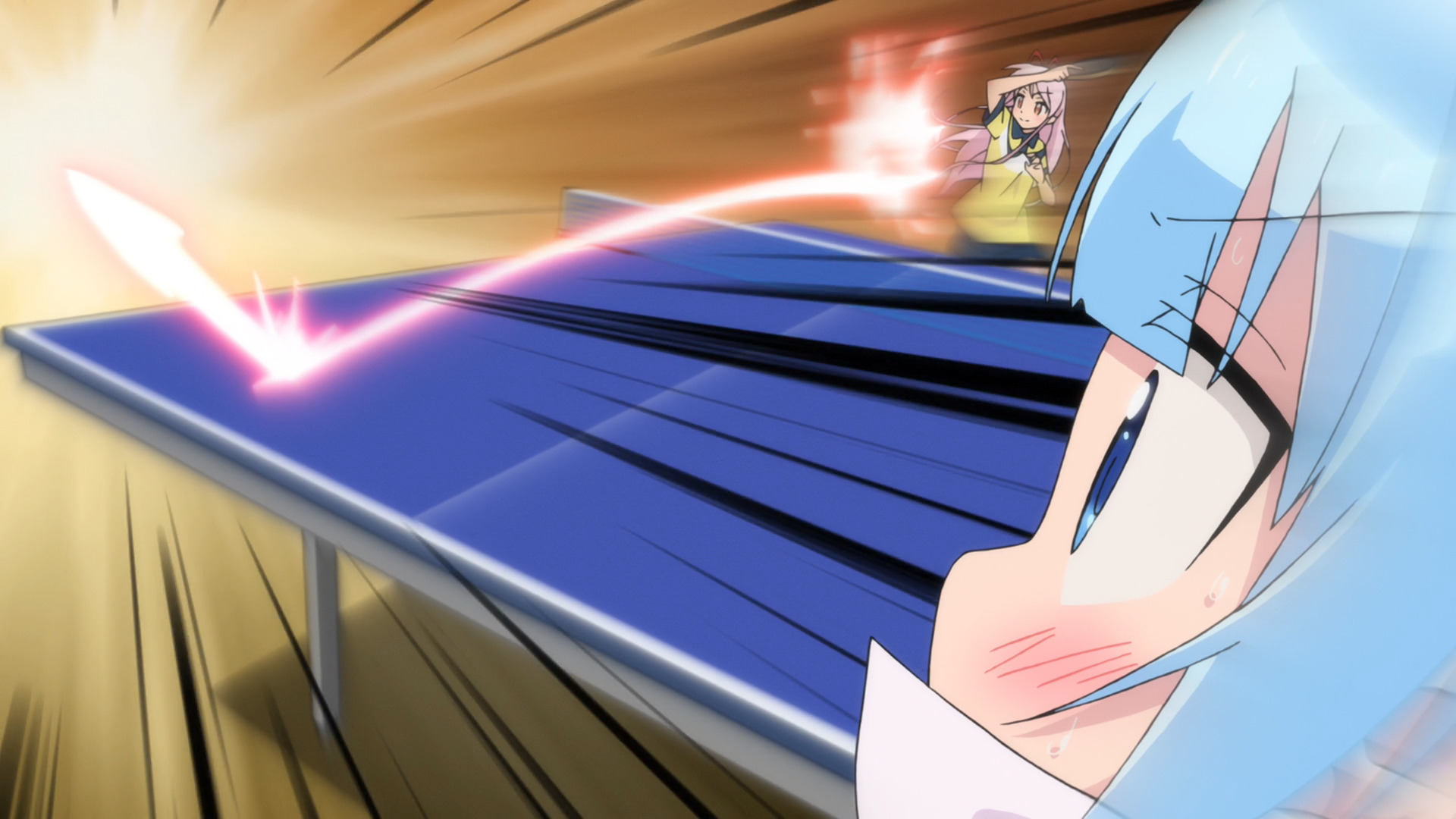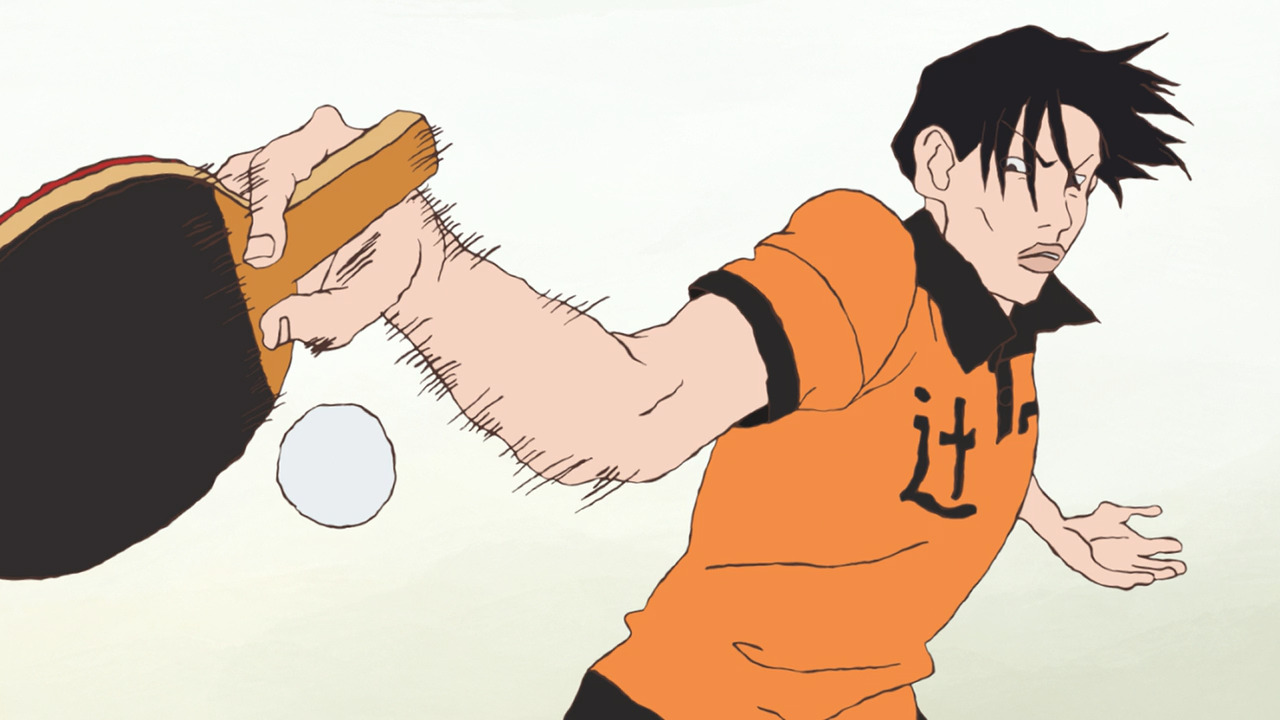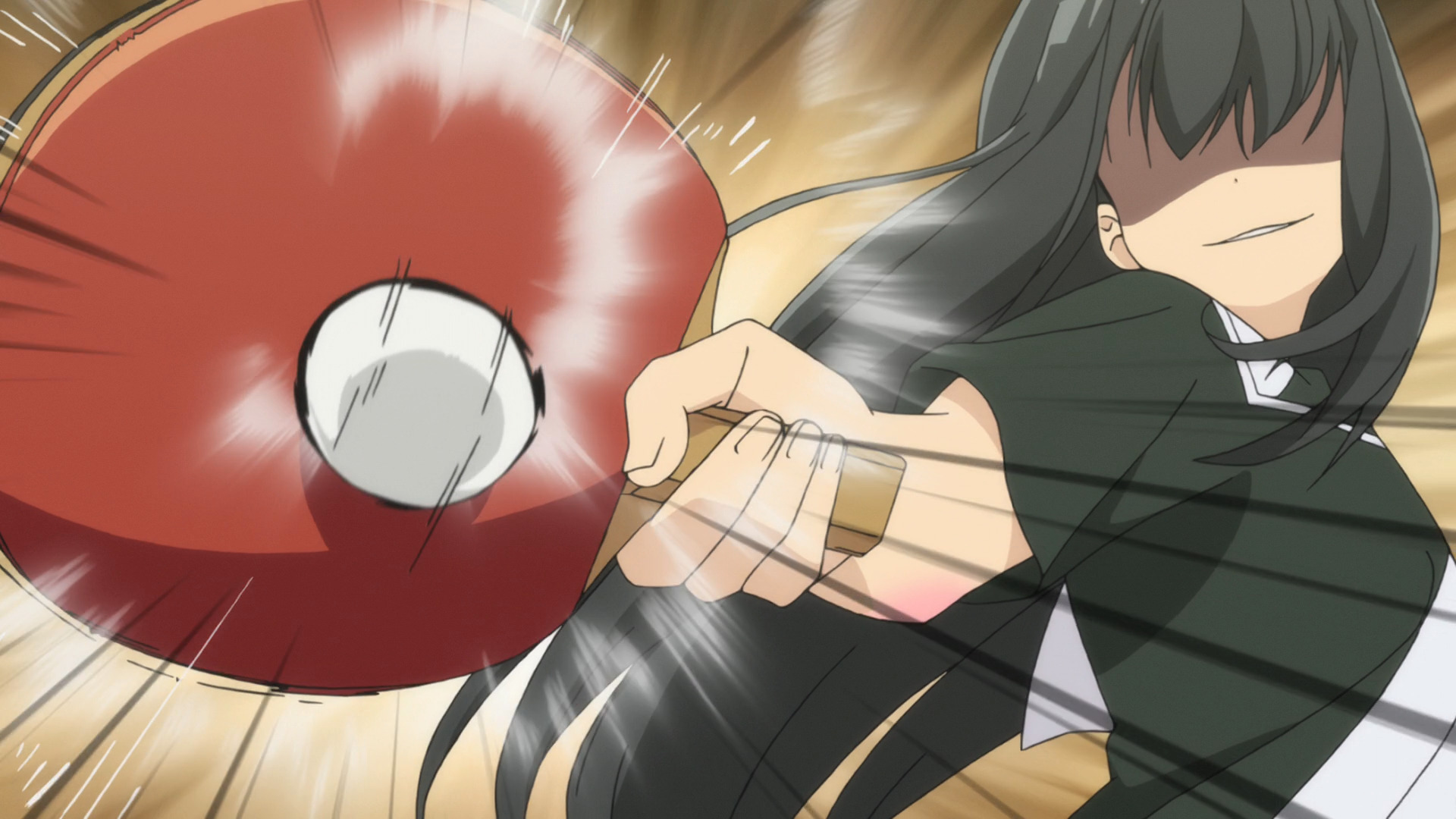Recently, I visited my office for the first time in a while. We had a little ping pong tournament as one of those typical cringey tech company team-building exercises, and it was about what you’d expect. But it did serve as a reminder that the sport was actually pretty fun, so I decided I might try and get back into it.

Those who know me (which I assume is you, because you are reading my blog) know that I get pretty autistic when (re)starting hobbies. I love to be informed—or perhaps hate to be uninformed—so needless to say I spent the next while researching table tennis in attempt to get back up to speed.
Boy has this been a harrowing experience.

My first thought was to look into equipment. You need a bat to play, after all. My old one was a Japanese penhold blade, but it hasn’t seen use in the better part of the decade, so I wanted to see what the recommendations were in the current era. As with any hobby, opinions were varied, but one thing that stood out were the incessant references to “the new ball”, without any explanation.
What the hell is the new ball? And why does everyone expect me to know what they’re talking about? I know that the ball size was changed from 38mm to 40mm back in the early 2000s, but I left the game well after this change and nobody was saying “new ball” back then. And something from 20 years ago is a far cry from “new” anyway.

After a short bout of investigation, I stumbled upon an article from the ITTF describing a change in the material used to manufacture ping pong balls. It doesn’t mention anything about the rules changing or what the standards should be, and trails off with an extremely vague and ambiguous hand-wave.
Would I be forgiven for finding this shocking? Table tennis is played all over the world, and yet I struggled to find any conclusive information about the rules of the game. And don’t go telling me that I need to grok the 251-page ITTF Statues to find basic information like this. All it says is
2.3.3 The ball shall be made of plastic material and shall be white or orange, and matt.
The ball was already made of plastic! It’s just made of a different plastic now! I want to know how the rules changed. Where are the damn patch notes?

While we’re talking about the statutes, can we also take a brief moment to observe how it can be oddly specific and ridiculously imprecise in the very same section?
2.1.1 The upper surface of the table, known as the playing surface, shall be rectangular, 2.74m long and 1.525m wide, and shall lie in a horizontal plane 76cm above the floor.
Nice, they give precise measurements down to the millimetre.
2.1.3 The playing surface may be of any material and shall yield a uniform bounce of about 23cm when a standard ball is dropped on to it from a height of 30cm.
What the hell is “about 23cm”? Is 20cm about 23cm? What about 15cm? 🤡

But sure, maybe the stuff about the ball is just expected knowledge. Perhaps I’m in the wrong, and if I’d had any interest in the sport then I would’ve known about it. Maybe the information was so prevalent it didn’t even need to be documented. Let’s just get back to looking at bats.
During my study session, another collection of terms I saw being haphazardly thrown around to describe blades were the variations of DEF-, ALL and OFF++. It’s pretty obvious what they refer to, but what do they mean exactly? What are the possible values in this range? Does the blade need to meet a certain measurable threshold to be classified as one or another?

Turns out it’s all just marketing bullshit, which should come as a surprise to nobody. The part that is surprising though is that the wiki has no mention of this despite the widespread usage of this vernacular, and I was only able to learn this from a forum post from 2008 that claims brands aren’t even consistent with how they classify their blades.
Butterfly classifies their equipment as DEF, ALL-, ALL, ALL+, OFF-, OFF, and OFF+, but other brands allegedly go up to OFF++ or OFF+++. Not to mention there are brands that use numbers, or some other arbitrary, entirely different classification system. Heck, they don’t even standardize among themselves. DHS Official classifies the Hurricane Long 5X as OFF+ but their official US retail site lists it as OFF++. And then a third-party claims that the manufacturer describes it as a 9.0/9. What meaningful conclusion can you even draw from this information?

Information about table tennis definitely exists out there somewhere, but it’s not centralized or curated to say the least. It’s wild that the best resources I’ve found have just been things like random Vietnamese guys on YouTube, but video isn’t exactly a searchable format so it’s still a struggle.
It’s pretty embarrassing that RuneScape, a game with a few hundred thousand active users, has obscure wiki articles about removed undocumented items, complete with dated changelogs, while table tennis, a sport with a biennial world championship and Olympic representation, has a wiki with 21 total articles including an entry that asserts that the loop is “the extension of the drive” and then proceeds to describe something completely different.

All that being said though it’s still been a fun journey of catchup. I’m only now starting to discover the metagame of table tennis and its evolution and it’s sparked a newfound interest not only in ping pong, but also in the thought that other sports that I had previously disregarded may also have similarly complex meta-theory.
I probably shouldn’t get ahead of myself though. Getting good at one sport is hard enough. In the meantime, I’ll be dunking on uni students on back-street tables of Takadanobaba.